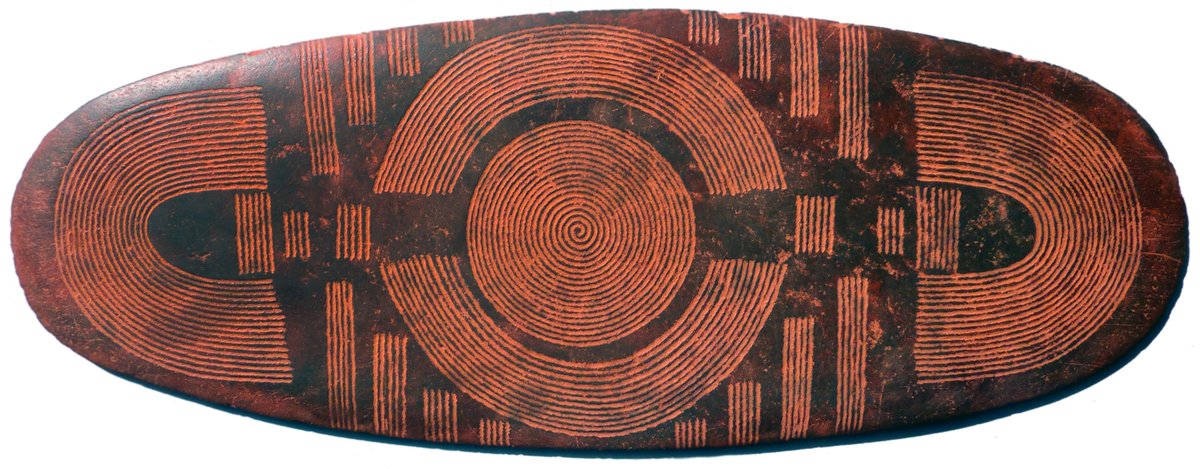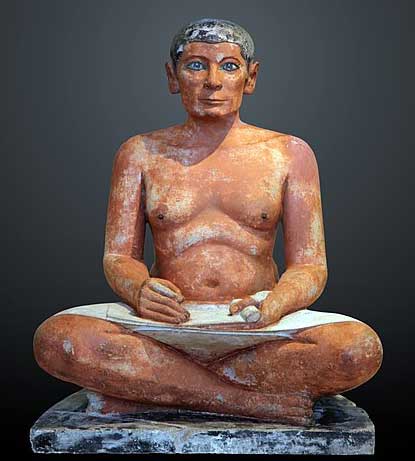Churinga (or tjurunga) are the most important physical evidence of the intellectual heritage & artistic genius of the Aboriginal people.
I strongly believe that the effective prohibition on displaying them in Australian (& most other) museums is massively counterproductive. 1/9
I strongly believe that the effective prohibition on displaying them in Australian (& most other) museums is massively counterproductive. 1/9

There are no museum exhibitions of churinga. There are no books published in recent decades on them, and almost no scientific papers. They effectively cannot be sold on auction, even outside Australia. All of this is in deference to their status as Aboriginal sacred objects. 2/9
And yet sacred objects from most other religions are freely photographed, displayed, written about, and, where in private hands, bought and sold. By effectively 'disappearing' churingas from view, I believe we deprive the Aboriginal people of their due recognition... 3/9
.... as originators of arguably the oldest form of proto-writing, as well as the custodians of the oldest continuous artistic tradition - there is a direct line from the earliest churingas found in dated excavations (over 15000 BC) to the work of modern Aboriginal artists. 4/9
These extraordinary objects should be celebrated both in Australia and globally as well. Australian museums have literally tens of thousands of them in storage, invisible to the public, and largely off-limits even to academic researchers. 5/9
Most churingas in museums & in private hands were not 'looted' in the sense of being illegally excavated. They were bought from, or given by, their Aboriginal owners primarily in the period between the 1920s and the 1960s - a time of even greater power imbalances than today. 6/9
We should acknowledge and reflect on this, and we should return to Aboriginal ownership objects which we know were taken in the context of violence, outright theft or other egregiously unfair circumstances. But this still leaves many thousands of churingas sold legitimately. 7/9
I have seen many churingas with written evidence of their purchase from Aboriginal sellers in the late 1950s and 1960s, for sums - in some cases as much as £50 - which were not exploitative. I strongly feel that churinga like these should be freely studied and displayed. 8/9
Hiding evidence of the true intellectual & artistic heritage of the Aboriginal people - as embodied in objects like churinga - while certainly perhaps well intentioned, deprives them of their due recognition on the world stage as inheritors of a proud & ancient civilization. 9/9 



• • •
Missing some Tweet in this thread? You can try to
force a refresh


















